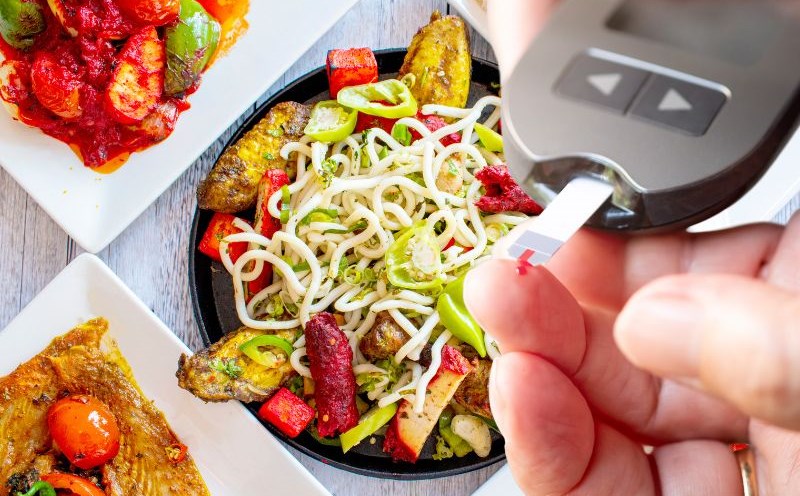Cooking is an art, but it also involves many fascinating scientific factors, including the leidenfrost effect, says Dr. Birali Swetha, Head of Nutrition, Gleneagles Aware Hospital, LB Nagar, Hyderabad (India).
The Leidenfrost effect is a physical phenomenon in which a liquid adjacent to a surface that is significantly hotter than the boiling point of that liquid generates an insulating layer of vapor that keeps the liquid from boiling rapidly. Because of the buoyancy of the vapor, a drop of water is lifted away from the surface, rather than coming into physical contact with it.
Simply put, this is a technique that helps prevent food from sticking to the pan. When a stainless steel or non-stick pan is heated to a high temperature, any water droplets added do not evaporate immediately.
Instead, they form small particles that float around the surface of the pan without fully coming into contact with the pan.
This happens because the bottom layer of the water droplet evaporates upon contact with the hot pan, creating a cushion of steam that insulates the rest of the water droplet from the heat from the pan.
“This effect is important because it indicates when the pan will reach the optimal temperature for cooking, especially when sauteing or frying foods,” says Dr Birali Swetha.
According to nutritionist Birali Swetha, if the pan is too cold, food will stick to the surface. When the leidenfrost effect occurs, it signals that the pan is hot enough for food to easily release, preventing food from sticking and ensuring it cooks evenly.
From a health perspective, Dr. Birali said that cooking at the right temperature can also reduce the risk of burning food, because when food burns and sticks to the pan, it can create compounds that are harmful to the body.
This helps maintain the nutritional quality of the meal by allowing the food to cook evenly and to quality standards. Therefore, understanding the Leidenfrost effect can contribute to healthier, more efficient cooking.










